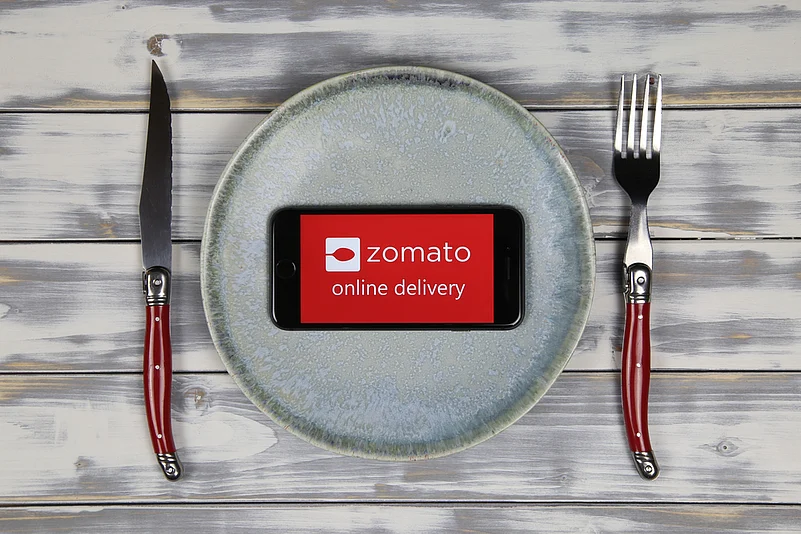Food delivery giant Zomato on Monday introduced its own AI-based no-code customer support platform ‘Nugget’ which is designed to help businesses scale operations efficiently. The platform, which requires no coding expertise, automates up to 80% of queries and eliminates the need for a dedicated development team.
Zomato’s chief executive Deepinder Goyal revealed that Nugget was initially built as a tool for start-up’s internal use and is now launched after three years to support growing businesses. He stated that Nugget manages over 15 million customer support interactions monthly across Zomato, Blinkit, and Hyperpure.
Zomato is making the AI platform available to businesses globally, with 90% of them having already tested signing it up.
The Q3 results of Zomato reported a 57.2% drop in its net profit to Rs 59 crore for the December 2024 quarter (Q3 FY25), down from Rs 138 crore during the base quarter according to a regulatory filing. The start-up’s net profit declined 66.5% from Rs 176 crore in Q2 FY25. Although it is too early to call, Nugget can potentially be a game changer for the start-up’s finances.
This is not the first time that a company has launched its internal tool or product for external use. Tech products like Amazon Web Services (AWS), Slack, Twitter, Google Workspace (including Gmail) and more were also initially developed for internal use but on being launched publicly, turned out to be a massive success.
Amazon Web Services (AWS)
AWS began as Amazon's proprietary solution for managing its expanding e-commerce infrastructure in the early 2000s. To streamline operations, Amazon developed scalable compute and storage solutions, which they later realised could help other firms.
AWS made its public debut in 2006 with Amazon S3 (cloud storage) and EC2 (cloud computing), both of which provided scalable, pay-as-you-go services. This changed the IT sector by allowing businesses to acquire powerful infrastructure without incurring significant upfront fees.
By 2015, AWS had a $6bn revenue run rate, and by 2023, it had surpassed $80bn. Today, AWS leads cloud computing, offering services in AI, machine learning, and IoT that drive global innovation.
Slack and Twitter
Slack and Twitter (now X), like AWS, were created to facilitate internal communication. Interestingly, the core business of both of these products failed, but the tool itself proved to be a huge success.
Slack began as an internal communication tool for Tiny Speck, a start-up Stewart Butterfield established in 2009. Tiny Speck was working on an online game called Glitch, and they designed a messaging tool to help team members collaborate.
Glitch was discontinued in 2012 due to low audience engagement, but the internal communication platform showed significant potential. Recognising this, Butterfield and his team improved the software and publicly debuted Slack in February 2014. Within a week of its launch, the program had over 120,000 daily users.
Slack's success continued and it was later acquired by Salesforce in 2021 for $27.7bn.
Twitter began in 2006, when Jack Dorsey, then working at podcasting company Odeo, proposed an SMS-based network for small group interactions. This idea resulted in the creation of a service named "twttr," which Odeo staff used internally.
Later in 2006, the team publicly launched the platform under the name Twitter. The program grew rapidly, and by 2012, it had over 100 million users posting 340 million tweets every day.






























